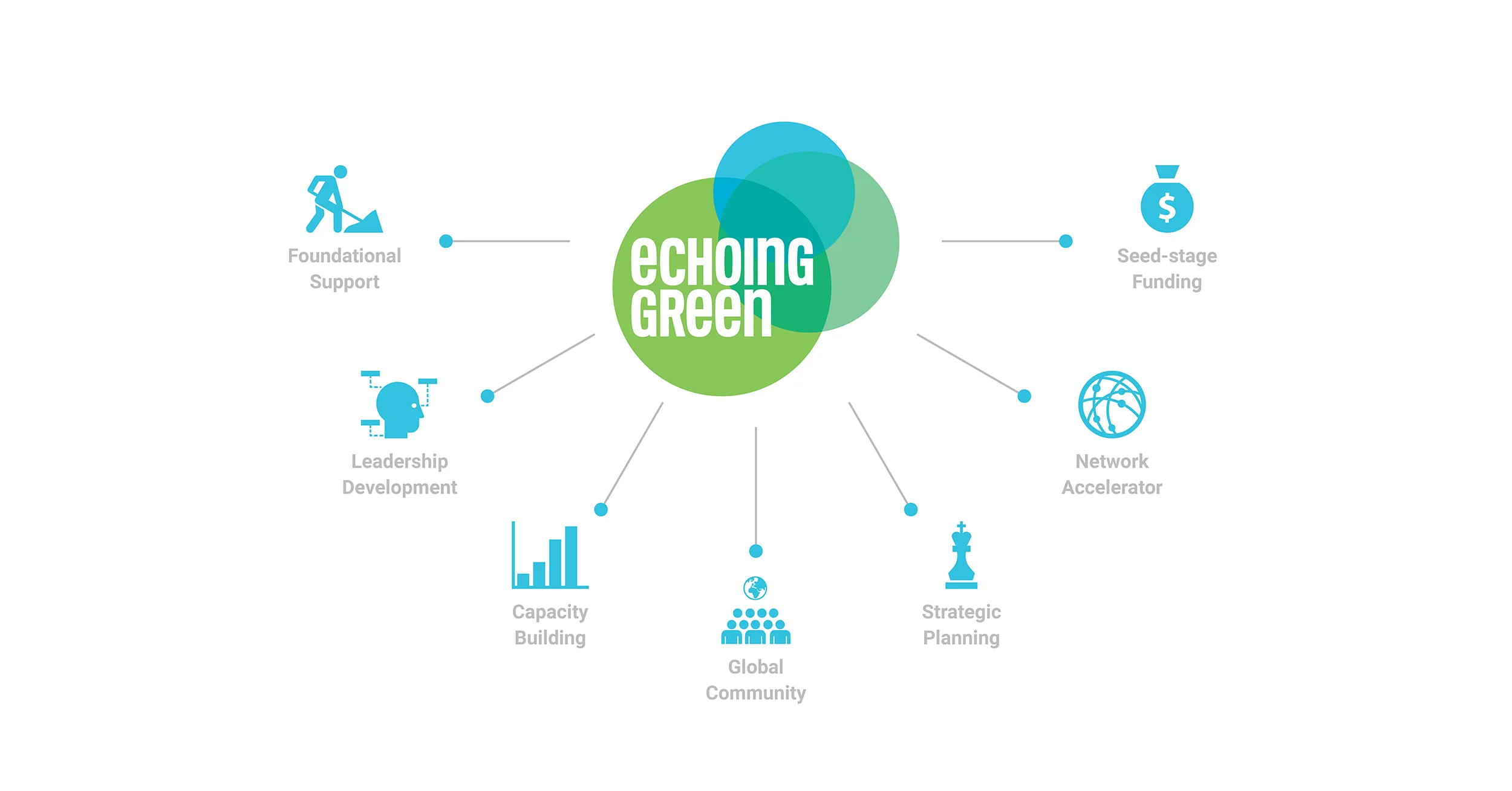“From day one our work has been laser focused on working with Black, Brown and low-income families in addressing school inequities and shifting power imbalances. Consequently, we have created research-validated school climate assessments and technology specifically attuned to our communities’ needs.”
Read More“For too long, discipline for students of color and students with disabilities meant overly punitive discipline for the act; while white students benefited from root cause analysis of the behavior. The school discipline guidance provided a path for schools to ensure all students are treated the same.” said Marlyn Tillman of Gwinnett SToPP and a Dignity in Schools Campaign member.
Read More“This study is a wake-up call for every professional group who works with children in the U.S.—doctors, teachers, police, child care workers, and others,” Williams said. “It suggests that many professionals, with good intentions, may be treating America’s most valuable possession, our little children, badly without even being aware of it.”
Read MoreStudents should be in class, not handcuffs. Yet millions of students are removed from classrooms each year for minor misbehavior, and the data clearly shows that students of color are suspended at much higher rates than their peers. Once suspended, students are more likely to drop out of school and be incarcerated.
Read MoreIf you’ve never heard of the term before, “microinvalidation” is a hyponym of microaggression, the normalized behavior that demonstrates hostility and negative stereotypes of marginalized racial groups. Coined by Dr. Derald W. Sue, a psychology professor at Columbia University, microinvalidation communicates that the racism and offensive remarks catapulted towards people of color is unjustified due to a supposed "race-free" world.
Read MoreThe 2017-2018 school year is getting started, and teachers nationwide should expect students to want to discuss what happened in Charlottesville as well as other expressions of racial and religious hatred in the country.
Read More"I am thrilled to be honored with such a distinguished award," said Discriminology's founder DeMar Pitman. "This is a first and important step that will greatly accelerate our efforts to better understand and correct the current structural barriers that directly and indirectly deny groups of students a high-quality education.”
Read More"A better, quicker solution to reducing the racial gap in gifted classrooms, according to Grissom, is to test every child in the school system for giftedness, so that you’re not relying on subjective humans to decide whom to test. Education geeks call it “universal screening.”"
Read MoreAs a former high school world history teacher in an urban district, and socio-politically conscious Black male, I’ve often struggled with how to deliver such a Eurocentric curriculum to students who descend primarily from African, Asian and Latin American countries. It’s a challenge that takes cognition and resolve.
Read MoreIt’s a reality that’s rattled the education world for years: Black and Latino students are far less likely than their white and Asian peers to be assigned to gifted-and-talented programs. The odds of getting assigned to such programs are 66 percent lower for black students and 47 percent lower for Latino students than they are for their white counterparts.
Read More










